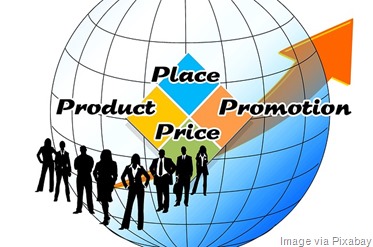Every entrepreneur is quick to tell friends and potential investors about his or her vision of changing the world, about all the customers who have expressed an interest, and about all the other investors who are lining up to get a piece of the action. As an angel investor, I really prefer to hear evidence of credible traction today, not how great things could be in the future.
As a serious entrepreneur, you have more invested than any outsider, so you should be looking for the same evidence and not believing your own hype. Yet I hear the same story so often that I wonder if entrepreneurs really understand what they should be celebrating, and how to measure their progress against these expectations:
- How many real customers do you have today? Beta customers, free signups, customers expressing interest and your family and friends don’t count. You should be counting only those people who fit your target customer demographic and paid full price for the product or service, without any prior connection to you or the business.
- Is your customer-acquisition rate accelerating? Especially for free or freemium products, the rate of new signups is critical. Disregard that initial surge that might have come from early adopters or a huge initial marketing effort. If the ongoing acquisition rate is slow, and not trending upward, it may be time for a pivot or a reality check for your targets.
- Are you penetrating or skimming your target segment? Some entrepreneurs are convinced that they have real traction when in fact they are only getting new customers from expansion to new geographies, segments or products. This is not a viable long-term strategy. Penetration levels in pilots below 1 percent may not indicate traction.
- Is revenue per customer or transaction size increasing? Real traction is usually indicated if the average transaction size or rate per customer is increasing, and customer lifetime value (CLV) in increasing. This indicates real customer loyalty, rather than a predominance of test buys or high customer turnover. Margins should be increasing.
- Is customer acquisition cost going down? As customer acceptance and awareness goes up, the cost and time to acquire new customers (CAC) will come down. The formula is a simple one: dividing the total costs associated with acquisition by total new customers, within a specific time period. Increasing costs means you are losing traction.
- What is your acceptance by major consumer outlets? Featured visibility or signed contracts with name brand players and distributors, such as Home Depot or Amazon, almost always indicate traction. Each of these should be celebrated, but can also test your scalability due to high inventory requirements, slow payables and harsh terms.
- Are you reviewed positively by online media and industry analysts? It’s never too early to build relationships with industry analysts, influential blogs and the media. In this arena, it’s possible to show real traction even before you ship a product through heightened anticipation and pre-orders.
In the final evaluation, traction is the key driver for your business valuation, and is needed to attract investors, partners or a public stock offering. Your challenge as an entrepreneur is to generate traction and at the same time choose the right metrics to quantify and sell that traction to your team and to outsiders. For all practical purposes, if you can’t or don’t measure it, it doesn’t exist.
Many entrepreneurs feel they need to spend more money to increase traction. In fact, the right solution in the right market will get traction at minimal cost, so that should be your target. Traction “purchased” by a huge marketing spend may indicate a business that is not sustainable in the long term. Smart investors and acquisition candidates heavily discount these efforts.
While the traction term may be overused by investors, it is a key concept that every entrepreneur should understand for assessing their own valuation and the level of uptake by customers that they are seeing on their business. Once a business is beyond the idea stage, it’s time to spend less time on vision, and more time on traction. What traction have you celebrated lately?




